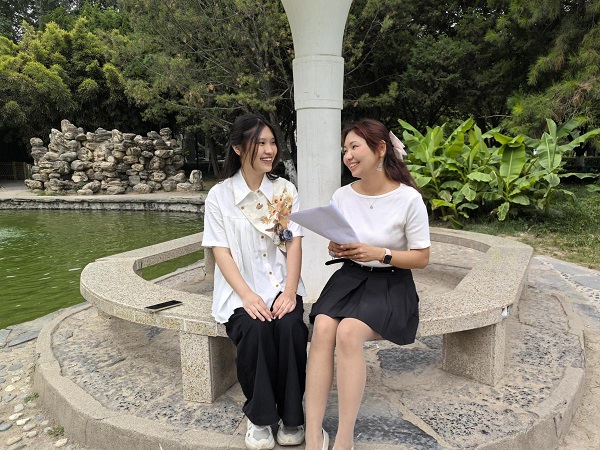XJTU researchers develop and apply “three-in-one fibrous membranes” to lithium-sulfur batteries
With growing demand for wearable electronic devices, such as folding mobile phones, wearable detectors, and smart bracelets, research on high-energy density and flexible energy storage devices has received increase attention. Lithium-sulfur battery (2600 Wh kg 1), theoretically with far higher energy density than lithium-ion battery (<350 Wh kg 1) currently used in business, is considered one of the most promising energy storage devices in the "post-lithium battery era". However, problems include soluble polysufides passing back and forth through the positive and negative anodes, low capacity of active substance sulfur, and weak mechanical strength due to inferior electrodes. Particularly, in flexible applications, the piled-up design of regular membranes, electrodes, and current collectors often lead to malposition of components or gaps caused by repeated folding, resulting in non-uniform deposition of insulated lithium sulfide and related interface problems that cause capacity battery fading and potential risks.

To address these challenges, XJTU's two research teams, respectively led by Professor Yan Wei of the School of Energy and Power Engineering, and Professor Ding Shujiang of the School of Science, cooperated with Dr. Xi Kai from Cambridge University and worked out an "integrated three-in-one (positive pole, current collector, and membrane) fibrous membranes" which have been successfully used in the lithium-sulfur battery. This fibrous membrane shows outstanding flexibility and mechanical properties after bending. The lithium-sulfur battery with "integrated three-in-one fibrous membranes" is able to light up 30 LED strip lights even in 180°bending, so it has broad application prospects. This study may also provide reference to portable flexible energy-storage systems.
The research results were published in the paper Flexible and High-Loading Lithium-Sulfur Batteries Enabled by Integrated Three-in-OneFibrous Membranesby Advanced Energy Materialson its inside front cover. XJTU PhD candidate, Wang Jianan, is the first author, with XJTU as the first author's institutional affiliation.

